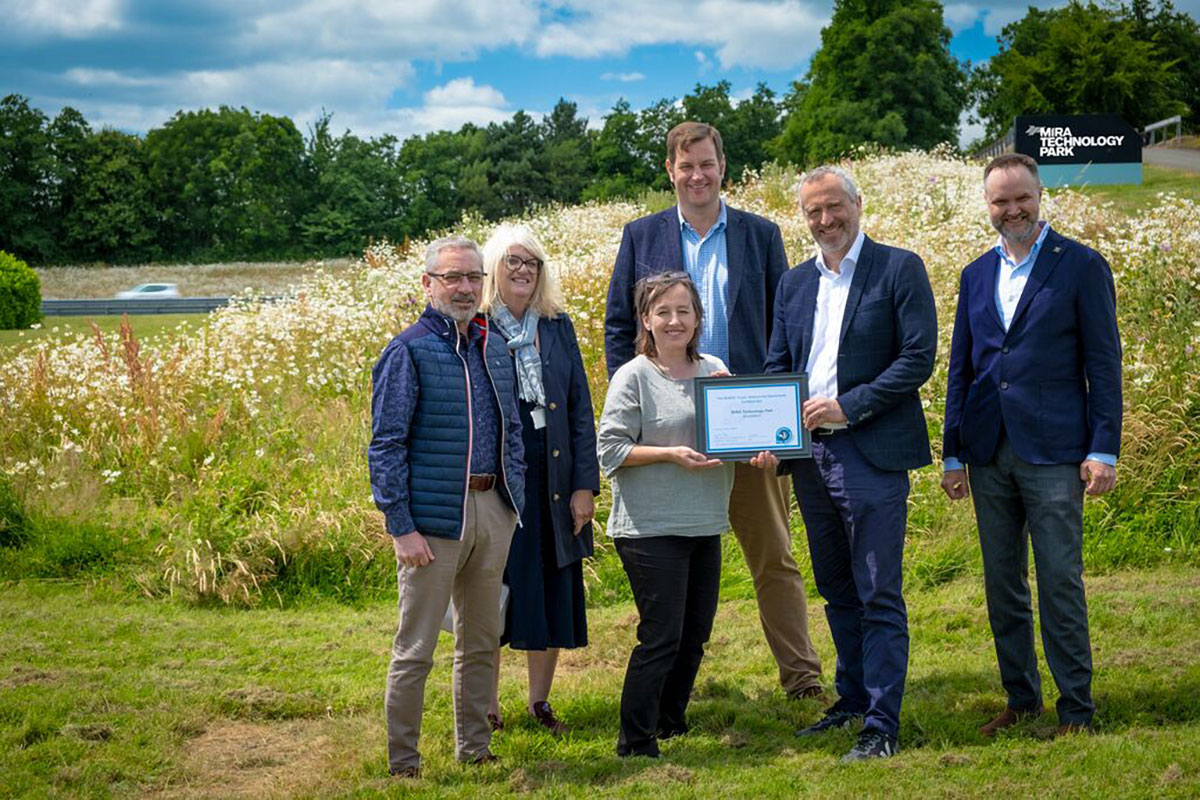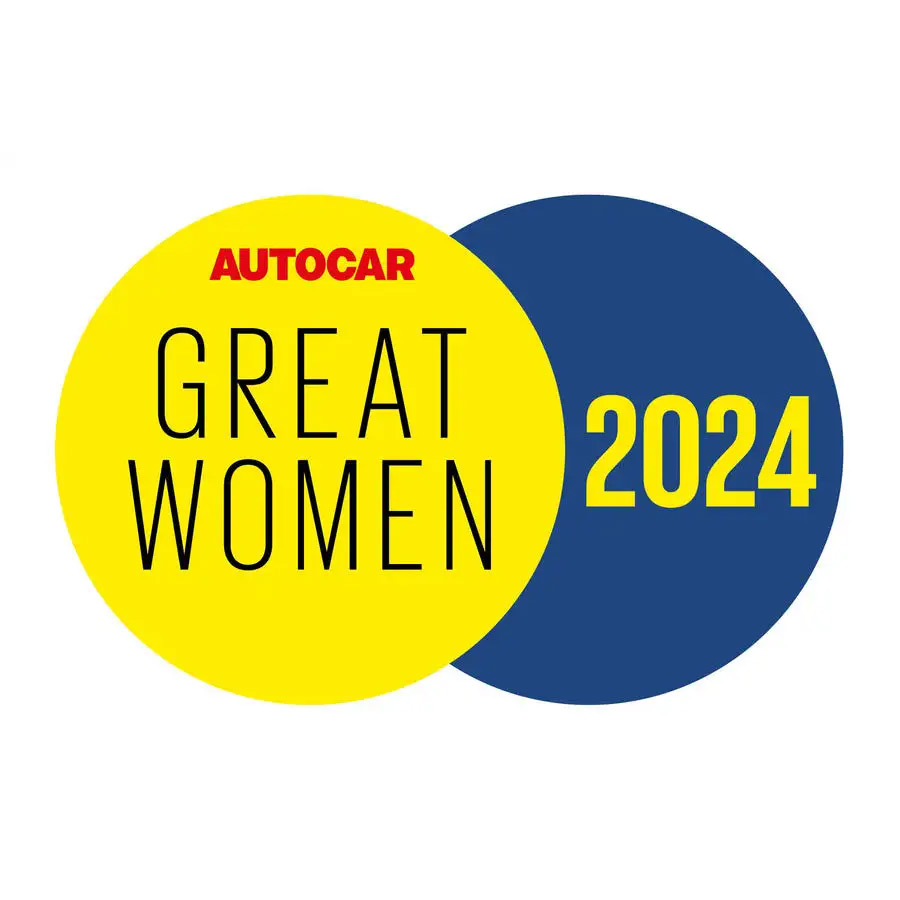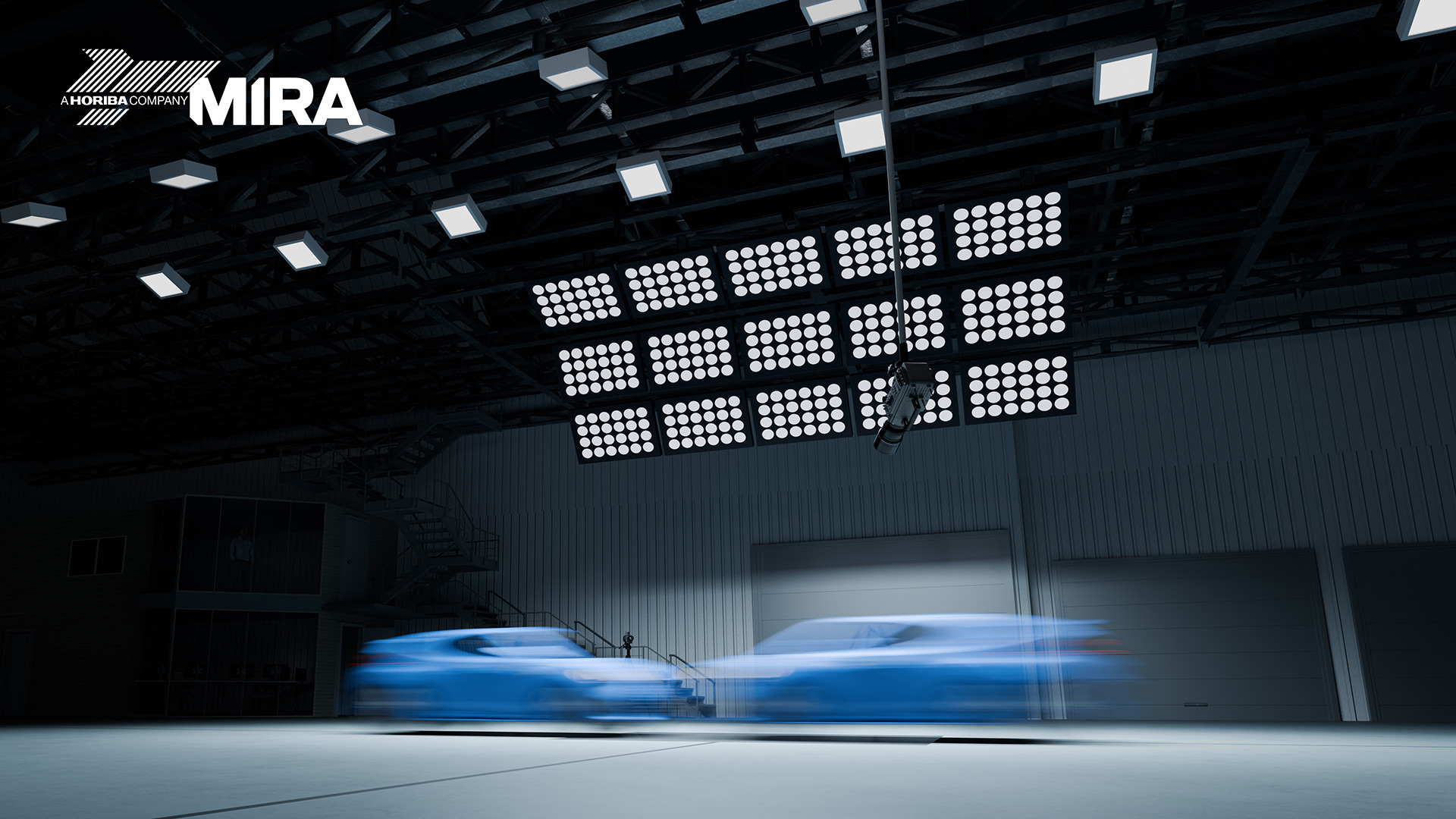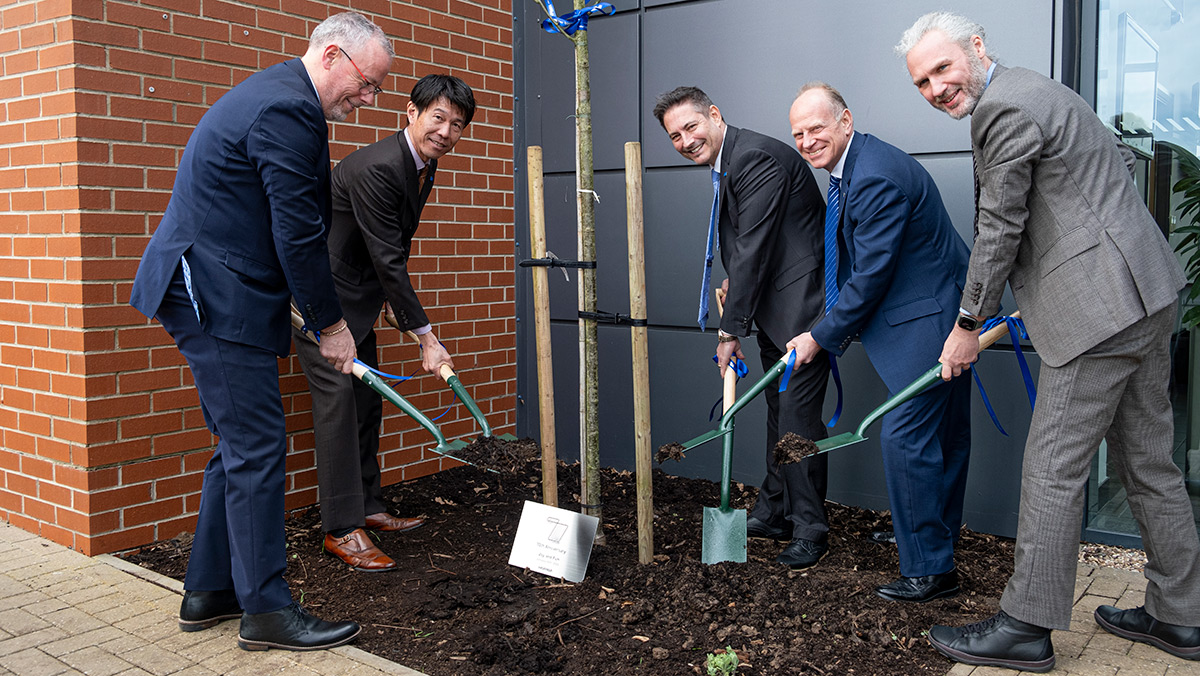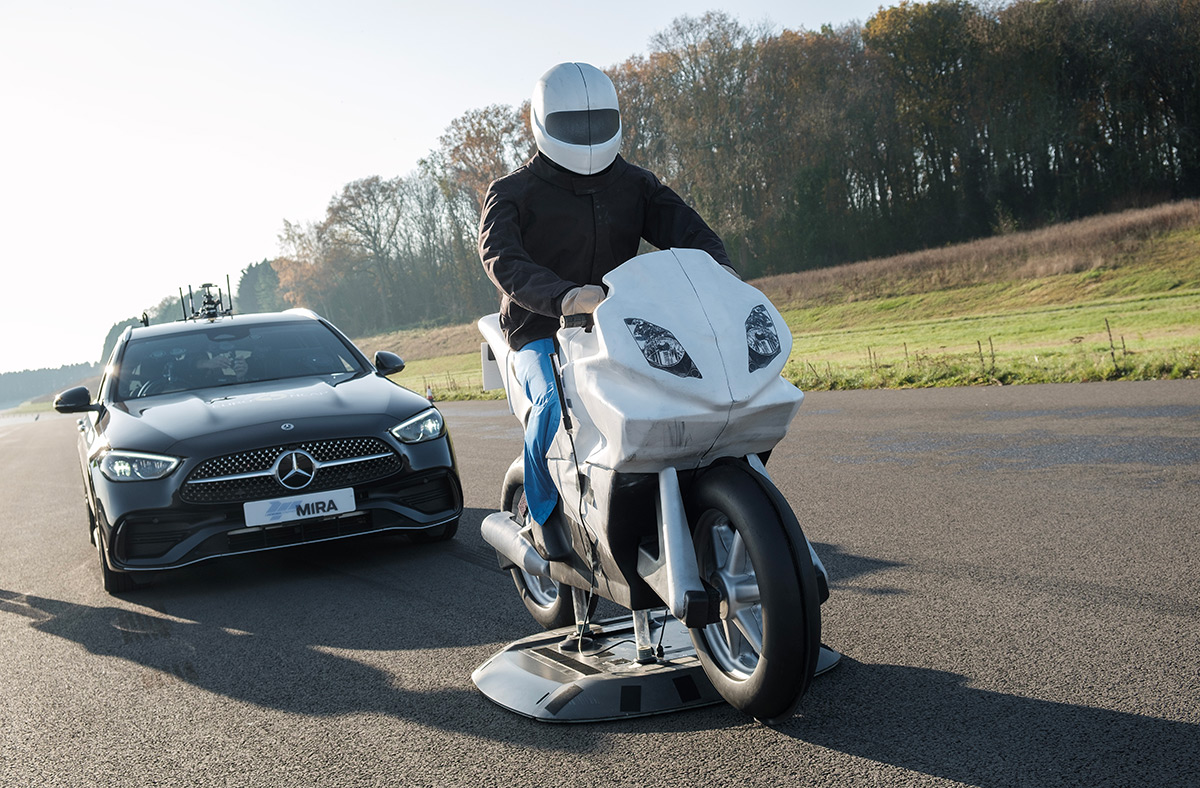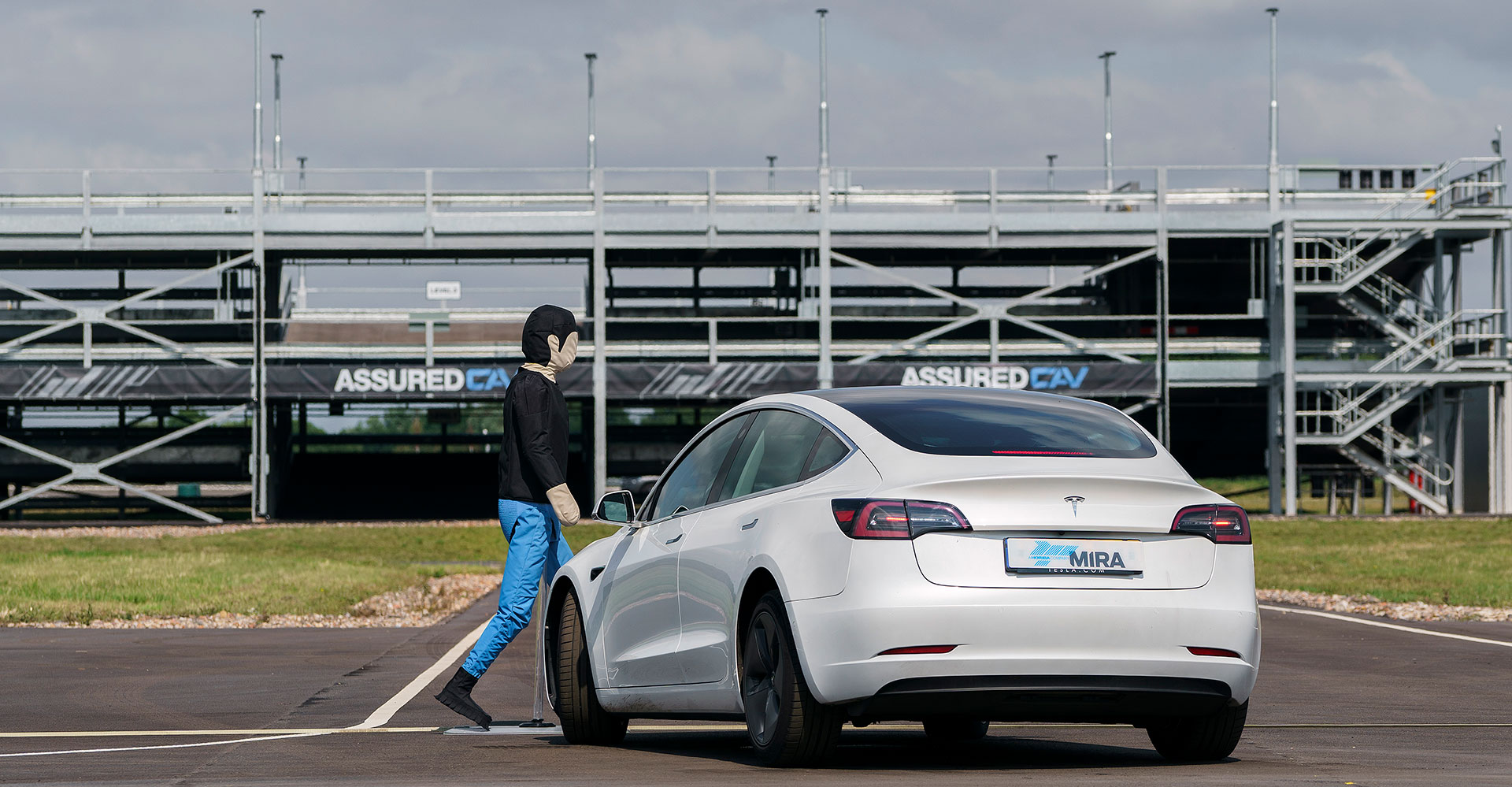UK stages first collaborative trials of connected and self-driving cars
The UK’s first collaborative trials of connected and autonomous vehicles were successfully launched on Friday, as Jaguar Land Rover, Ford and Tata Motors European Technical Centre (TMETC) jointly demonstrated a number of future vehicle technologies at HORIBA MIRA’s Proving Ground in Nuneaton.
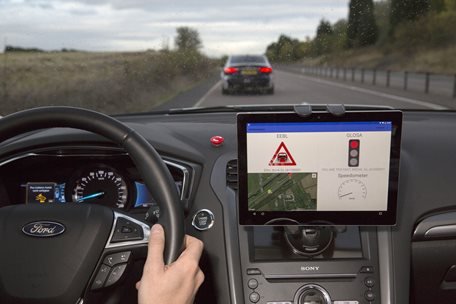
The three vehicle manufacturers are all taking part in the £20 million UK Autodrive research and development project, jointly funded by government and industry, which will start to trial connected (Ford, Jaguar Land Rover, TMETC) and autonomous (Jaguar Land Rover, TMETC) vehicles on public roads in Milton Keynes and Coventry from next year.
UK Autodrive is the first project in the UK to showcase the benefits of having cars that can “talk” to each other across multiple makes of car. During Friday’s event, the car-makers jointly demonstrated two of the seven connected car features which they plan to trial during the three-year programme (see full list below).
The first demonstration showcased cars that can warn their drivers when another connected car up ahead has braked severely, lowering the risk of rear-end collisions when the driver’s view is obscured, for example, by fog or other vehicles.
The second demonstration showed how connected cars can be sent information from traffic lights, allowing them to reduce the likelihood of meeting red lights – potentially improving future traffic flow and lowering emissions in urban areas.
Tim Armitage, Arup’s UK Autodrive project director said,
“There has already been a lot of public focus on self-driving vehicles, but connected car technology may be just as revolutionary,”
“The benefits of having cars that can communicate with each other and their surroundings could be very significant – from increased road safety to improved traffic flow, more efficient parking and better information for drivers.”
Jaguar Land Rover also used Friday’s event to demonstrate a self-driving Range Rover Sport that was able to overtake slower moving vehicles automatically – and also reject overtake requests if it detects another vehicle in the occupant’s “blind spot”.
Further UK Autodrive trials and demonstrations are scheduled to take place at HORIBA MIRA during the spring of next year, before moving out onto closed-off areas of Milton Keynes and Coventry in late 2017. The project will culminate in a series of open road trials and demonstrations to be held in both cities in 2018.
UK Autodrive is also being used to assess public attitudes towards autonomous vehicles, and project organisers are inviting people to express their views via a survey that is currently being conducted by Cambridge University: http://www.ukautodrive.com/first-public-attitude-survey-launched/
List of connected car features being trialled within the UK Autodrive programme:
Electronic Emergency Brake Light (EEBL) – Alerts the driver when a vehicle in front suddenly brakes, providing advanced warning, especially when the driver is unable to see the lights of the braking vehicle due to weather conditions, road layout or other vehicles in between.
Green Light Optimal Speed Advisory (GLOSA) – Sends traffic light information to the connected car which is able to calculate the optimal speed for approaching the lights, potentially minimising the number of red light stops, improving traffic flow and reducing emission levels from idling vehicles.
Emergency Vehicle Warning (EVW) – Sends a signal directly from the emergency vehicle (e.g. ambulance, fire engine, police vehicle) to nearby connected cars. Driver is informed that the emergency vehicle is approaching and advised to make way for it.
Intersection Movement Assist (IMA) – Warns the driver when it is unsafe to enter an intersection, due to a high probability of collision with other vehicles.
Intersection Priority Management (IPM) – Assigns priority when two or more connected vehicles come to an intersection without priority signs or traffic lights.
In-Vehicle Signage (IVS) – Sends information about road conditions, congestion or other incidents directly to the in-car display, rather than having to rely on expensive gantry systems.
Collaborative Parking – Provides real-time information about free parking spaces either in the vicinity or close to the driver’s final destination.
